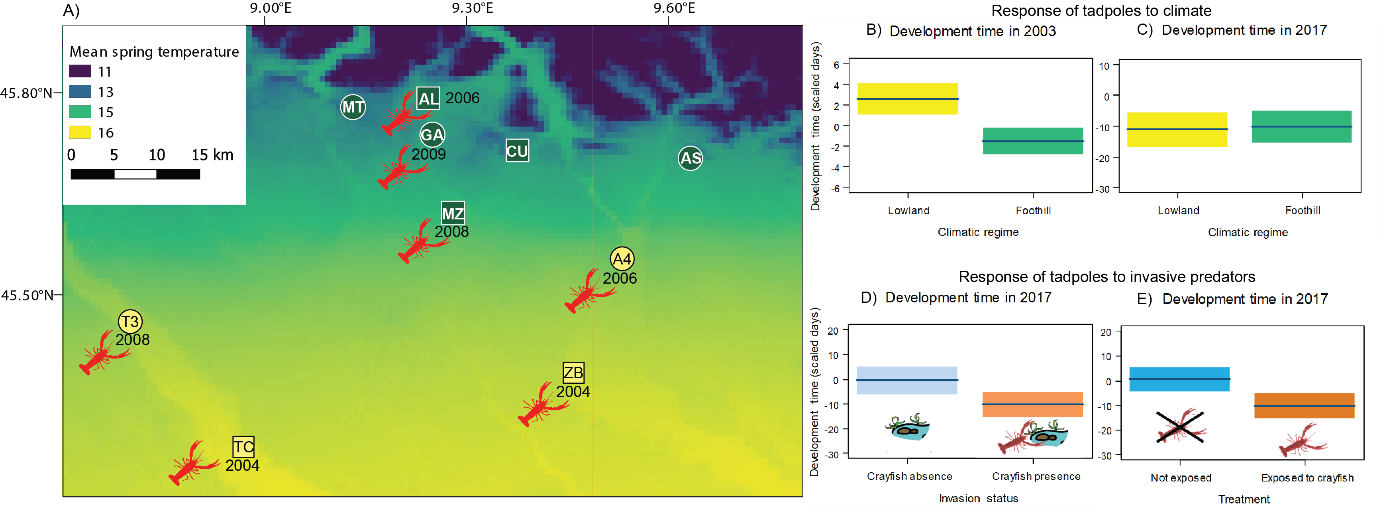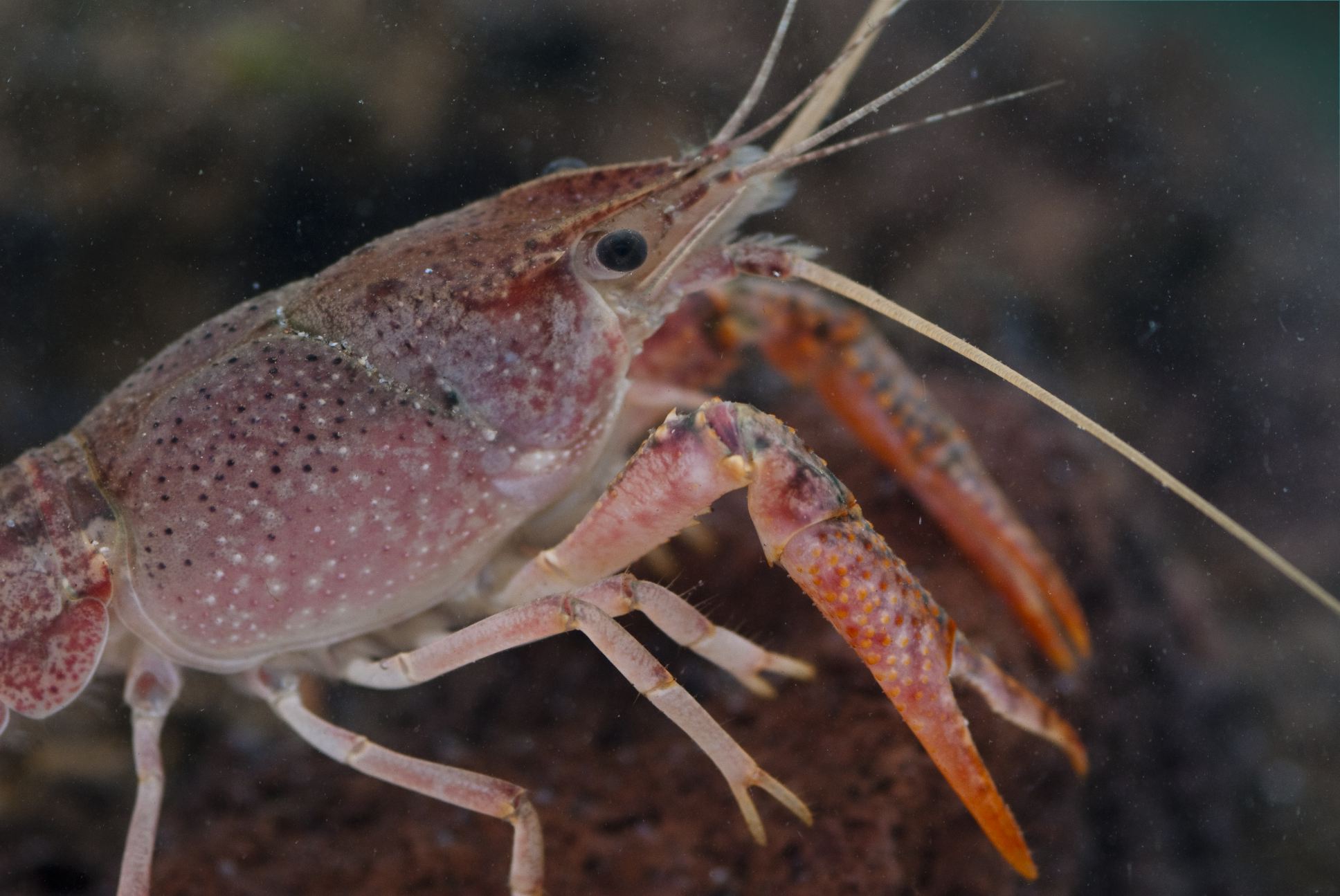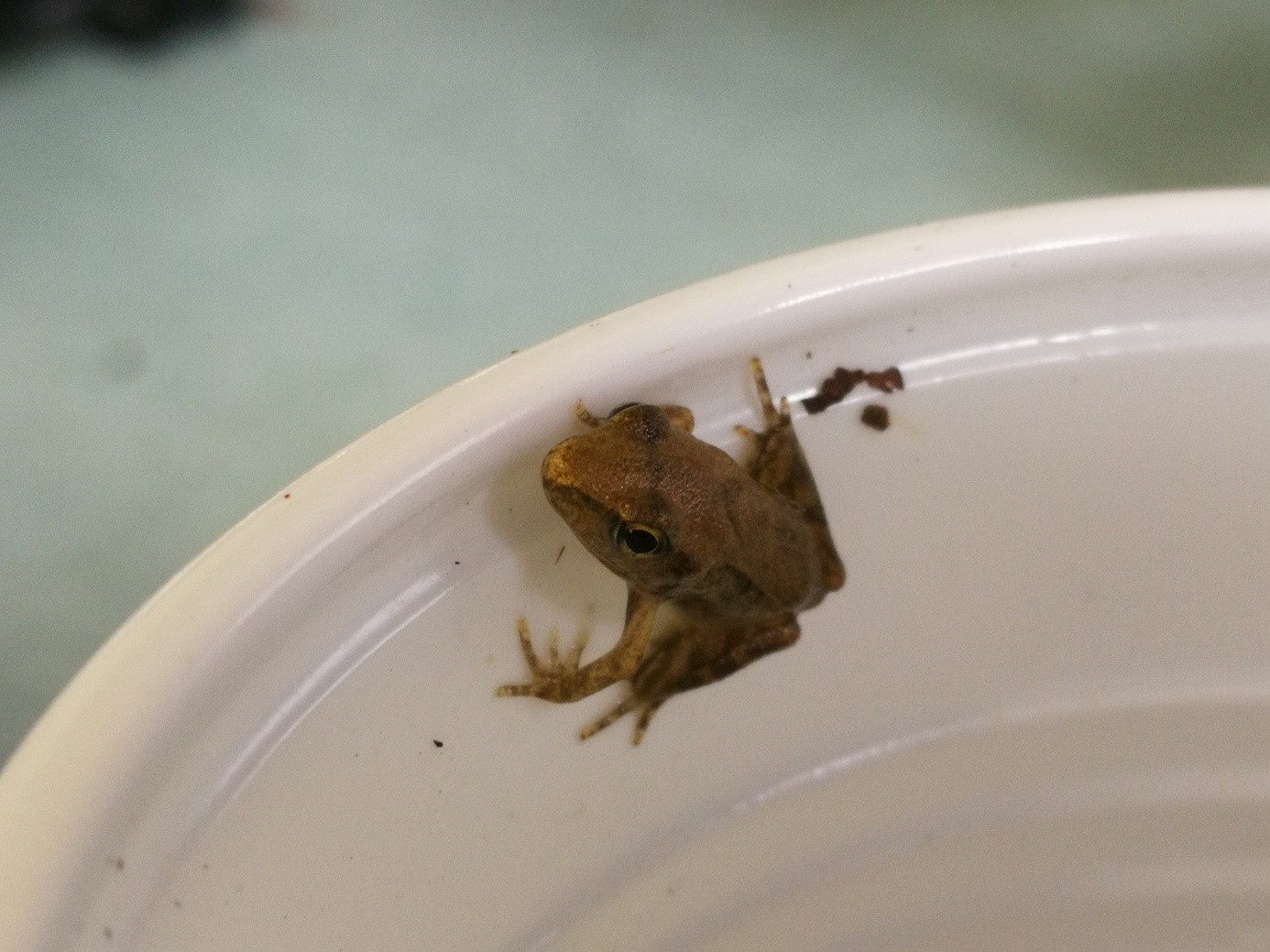Rapid adaptation to invasive predators overwhelms natural gradients of intraspecific variation
Published in Ecology & Evolution


The Italian agile frog, Rana latastei, breeds in forest ponds at low altitude
When one of us, Francesco Ficetola, started his PhD experiments in 2003, certainly didn’t think that the work would continue for such a long period. We were interested in the intraspecific variation of threatened amphibians, and we tried to see if conspecific populations living at short distance, but in different climates (lowland vs foothills), represented evolutionary distinct units deserving specific conservation strategies.
In 2003 we collected egg clutches of the Italian agile frog, a threatened endemic species. When reared under common laboratory conditions, foothill populations developed faster than the lowland ones, and we interpreted this as counter-gradient variation. Foothill populations live in a habitat that is colder than the lowland one and, in nature, the cold temperature slows down development rate. Thus foothill populations evolved a faster intrinsic development rate, to counteract the slow down caused by the cold environment.

Comparison between the 2003 and the 2017 experiments. In 2003, foothill tadpoles showed faster intrinsic development rate, to counteract the cold climate (B). In 2017 many populations were invaded by the crayfish, and tadpoles from these populations showed accelerated development rate (D). The development acceleration was so strong that differences between climatic regimes disappeared (C).
15 years can appear a short time, for the evolutionary perspective, but environments can change quickly. After 2003, many wetlands have been invaded by the American red-swamp crayfish, an invasive species that heavily preys on frog tadpoles, and now represents one of the greatest threats to amphibians in this area.

The American red-swamp crayfish, an invasive species and a major predator of tadpoles
Also in the academy things can change swiftly. The PhD student of the 2003 experiment become PI, and started running his own laboratory in collaboration with Raoul Manenti. Andrea Melotto was the first PhD student of the new lab, with the goal of testing if and how frogs are able to cope with the threat posed by invasive crayfish. This new the scenario was a unique occasion to observe how a novel selective pressure interferes with the natural ones in determining intra-specific variation.
In 2017, we collected again egg-clutches from the populations sampled in 2003, many of which are now invaded by the crayfish. We repeated the experiment of 2003, with additional replication levels to test whether frogs show constitutive or plastic responses to the crayfish. Tadpoles from invaded populations showed a much faster development than those from non-invaded populations, reaching metamorphosis 10 days earlier. This suggests that the crayfish promoted the rapid evolution of fast development that limits tadpole exposure to predators. Conversely, differences between lowland and foothill populations disappeared. The new invasive predator become a dominant selective pressure for these frogs, and rapidly overwhelmed the role of climatic gradients in shaping development rate. This ontogenetic shift came at a cost, as after metamorphosis fast developing froglets had small size and poor jumping performance, even though compensatory growth counterbalanced these carry-over effects.
Invasive species can deeply disrupt ecological and evolutionary dynamics in a striking short time, by the time of an academic career, for instance, triggering both plasticity and rapid adaptation.
https://doi.org/10.1038/s41467-020-17406-y

A newly metamorphosed froglet, ready for trials of jumping performance.
Follow the Topic
-
Nature Communications

An open access, multidisciplinary journal dedicated to publishing high-quality research in all areas of the biological, health, physical, chemical and Earth sciences.
Related Collections
With Collections, you can get published faster and increase your visibility.
Women's Health
Publishing Model: Hybrid
Deadline: Ongoing
Advances in neurodegenerative diseases
Publishing Model: Hybrid
Deadline: Dec 24, 2025




Please sign in or register for FREE
If you are a registered user on Research Communities by Springer Nature, please sign in
Great!!!